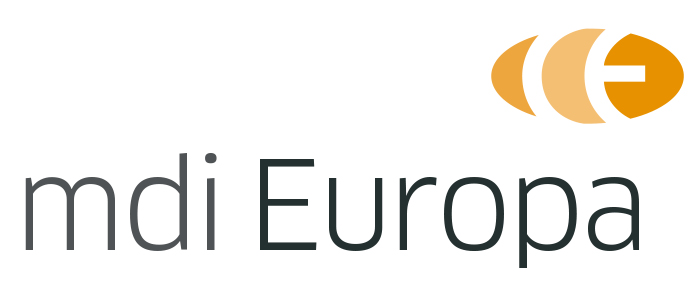Amending Regulation (EU) 2023/ 607 on the further extended MDR transition periods does not directly affect Eudamed as deadlines for the application of the Eudamed medical device database remain unchanged.
But manufacturers have to be aware that there are also requirements for vigilance which may necessitate pre-registration in the devices module.
The rules are specified in the amending regulation and declare that once manufacturers have been accepted by a notified body in the context of the EU MDR, that notified body is then responsible for supervising vigilance activities concerning the company’s products. This could lead to notified bodies putting pressure on companies to register their products as soon as possible.
In addition, manufacturers should keep up with their preparation for registration in Eudamed and not wait until the deadline which could cause a tailback of applications. Businesses should be familiar with the various Eudamed timelines, prepare their data soon enough and register at the earliest opportunity. An extra advantage of registering legacy devices is being able to disclose the full history of a product because both data concerning legacy devices and MDR-regulated products will then be openly available in Eudamed. This is also valuable because importers and distributors are now looking at Eudamed as a product catalogue letting them inspect device history.
When it comes to Eudamed, as soon as the database is fully operational, which should be December 2024, all serious incidents must be given in via the vigilance module within the given timelines. In order to submit an incident in the database, the device must be already registered in Eudamed. Finding the relevant data and registering a device in Eudamed will take a long time. The company must first be registered in the actor module, which can take some time, before the device can be registered.
To summarize, seeing that the amending regulation will permit legacy devices to be sold until 2027/28, from a risk management position it is safer to register these devices way before Eudamed is fully in operation.
Source: Medtech Insight (an Informa product)





